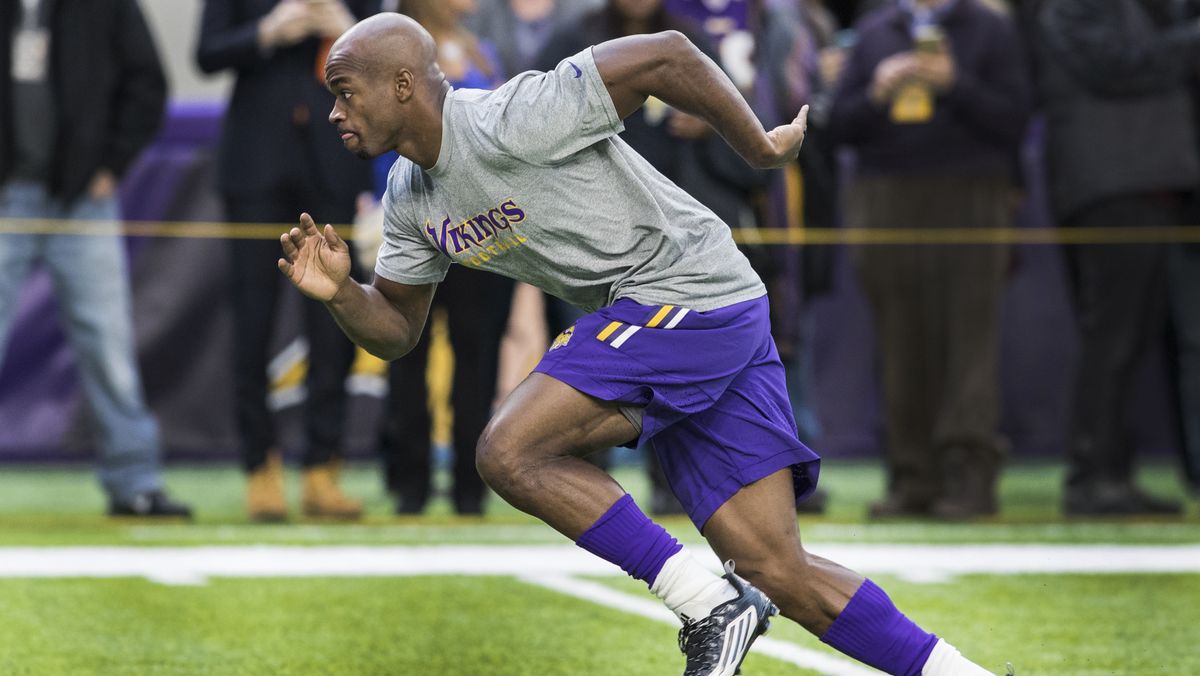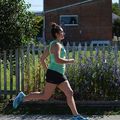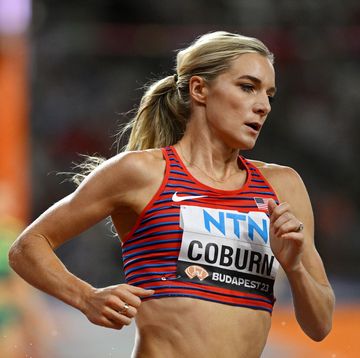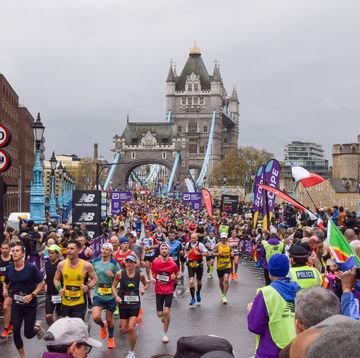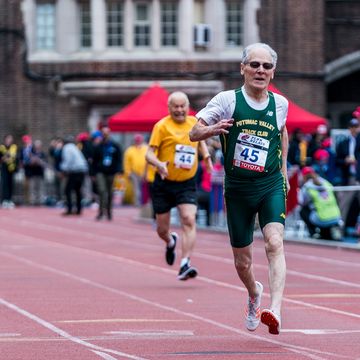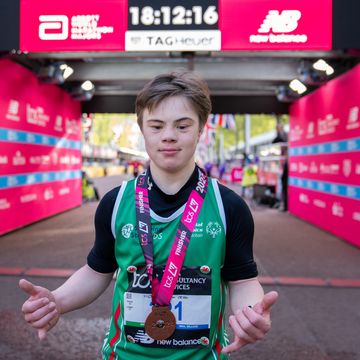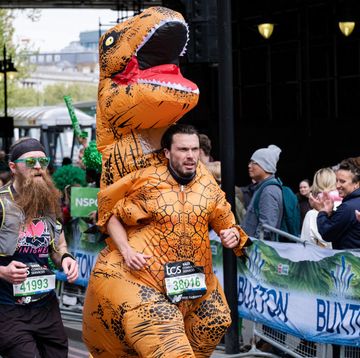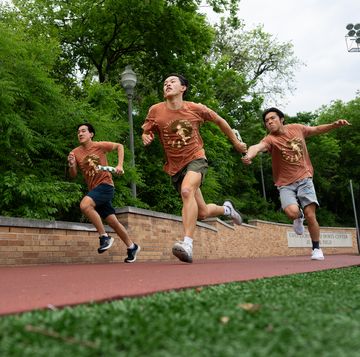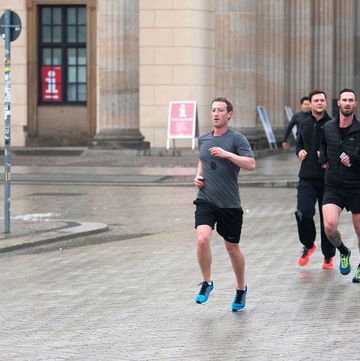Chances are, heading outside or hopping on the treadmill to log seven miles is already part of your routine. But NFL running back Adrian Peterson takes this distance to a whole new level.
He recently posted a video of his seven-mile treadmill routine on Twitter, and—as to be expected—it's pretty intense.
Peterson starts out his first mile at 6 mph, then ups his speed to 9 mph for mile 2. Next, he does one lap around the treadmill "track" (or a quarter of a mile) at 5 to 6.5 mph and then another lap at 12 mph, and repeats alternating speeds 20 times.
Peterson's words of advice for tackling this workout yourself? “Ask for strength before starting! It helped me fight through.” It's definitely a tough one, but for an experienced runner who is used to speedwork, it's doable and a fun way to switch up your usual routine. That said, this particular workout might not be right for everyone.
“The pace can be slower or faster than Adrian’s based on the individual’s fitness level,” Matt LoPiccolo, assistant coach at Reebok's ZAP Fitness Running Center, told Runner's World.
If you're not quite at Peterson's level, LoPiccolo suggests doing the following:
- 1 mile at your easy pace
- 1 mile at your tempo pace (where your breathing increases, but not so much that you can’t talk)
- 1 lap (400m) at your easy pace + 1 lap at your mile race pace
- Repeat both 400’s 6 to 10 times
The volume of fast laps you do should be close to, but not exceed, 5 percent of your weekly mileage, LoPiccolo says. So for example, if you're running 20 miles weekly, you only want to do a total of one mile of laps (4 laps) at your fast pace.
“This type of training increases running economy, essentially making longer, slower race pace—like 5K or 10K—seem easier,” he says.
Strength and nutrition coach Adam Rosante agrees. “Sprinting recruits more muscle fibers and increases your power output,” Rosante told Runner's World. “More power allows you to cover more ground with each foot strike, and as you get stronger, you'll be exerting less energy at the same distances, making the legs of a run feel easier.”
